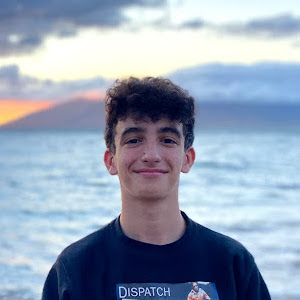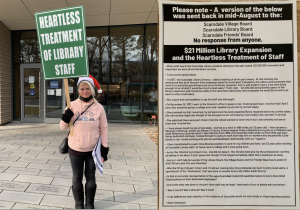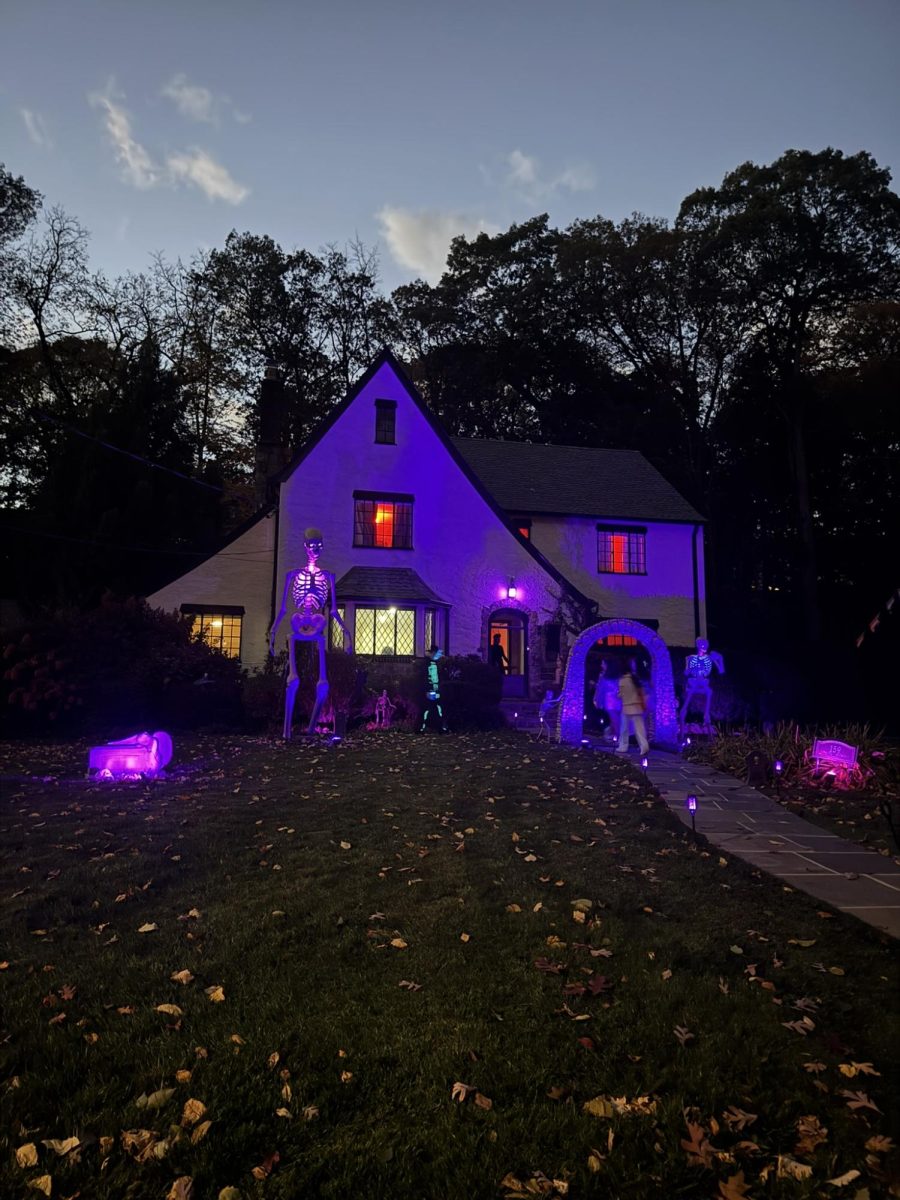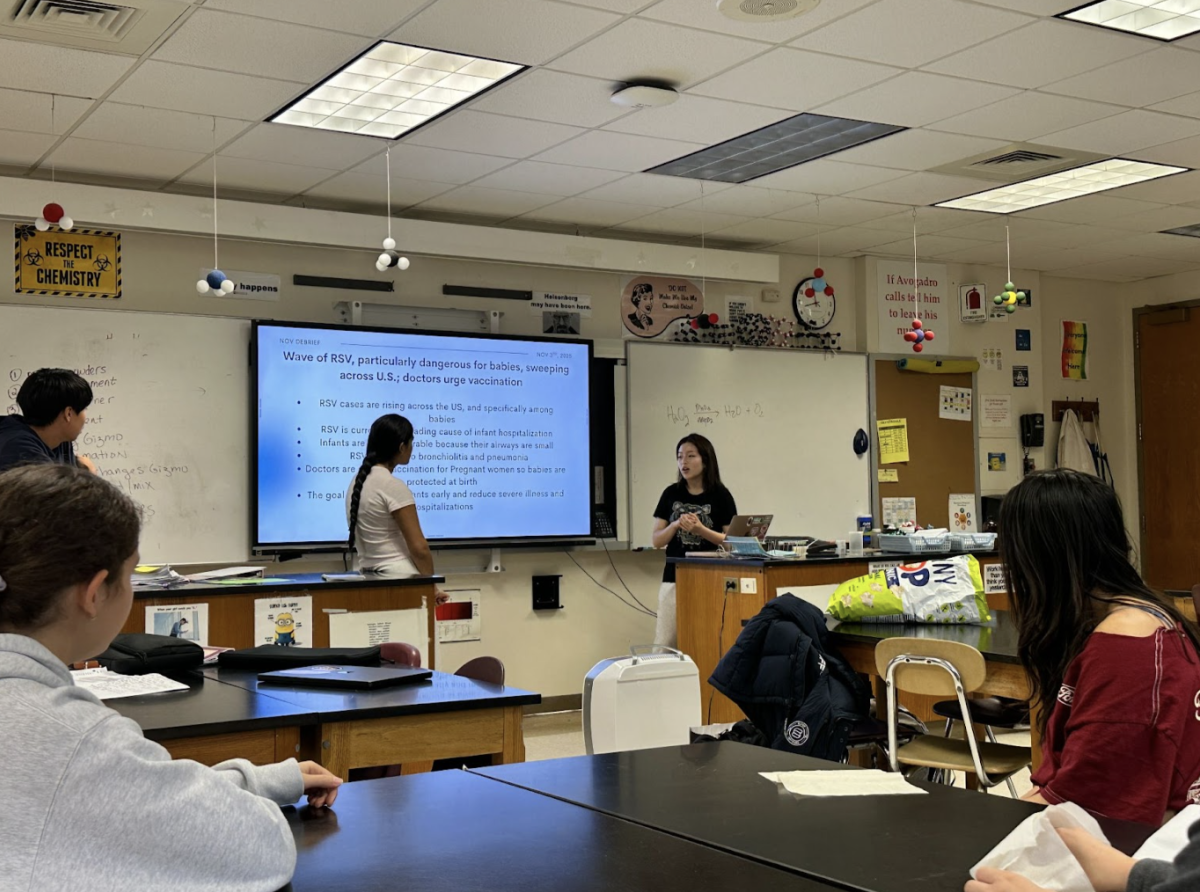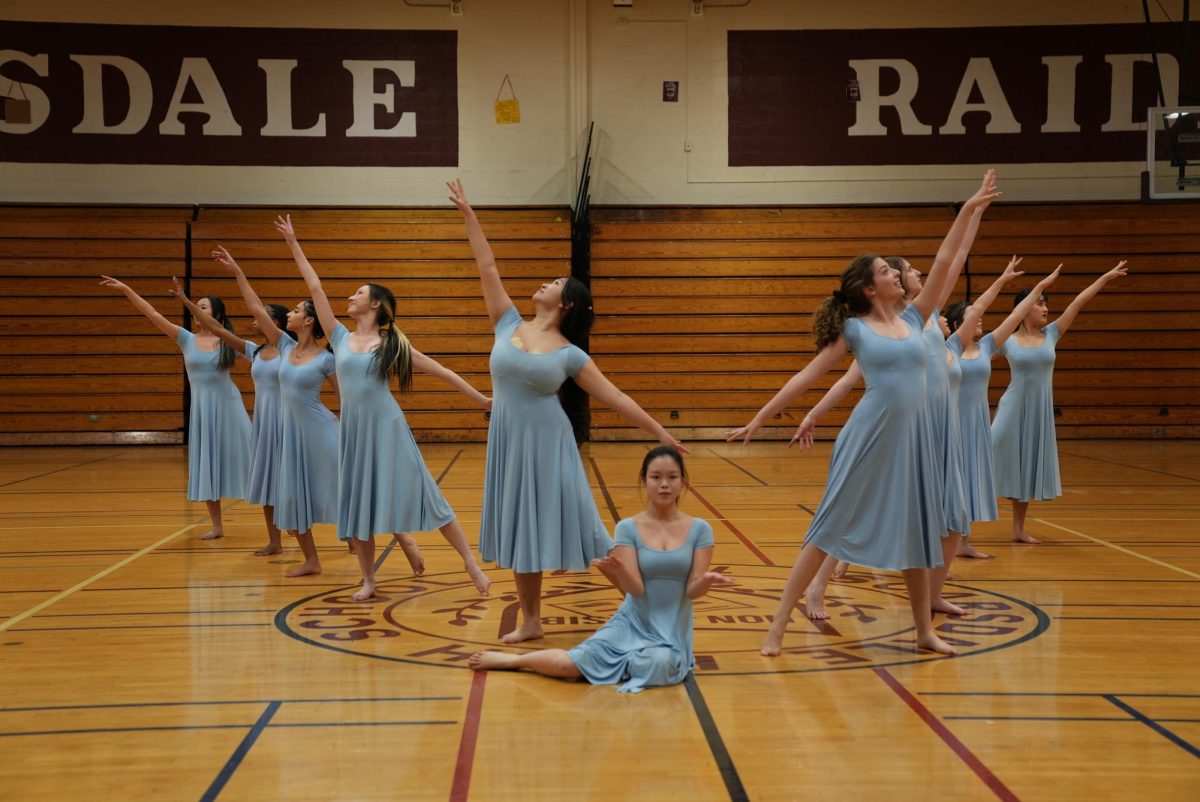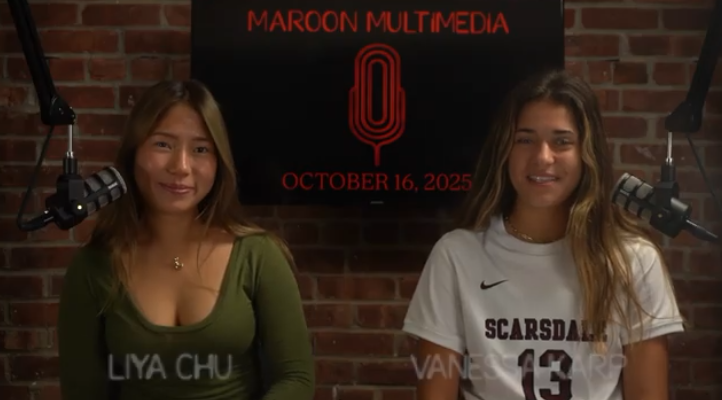A Town Divided?
President of the Scarsdale League of Women Voters Alissa Baum explores how redistricting will play out in Scarsdale.
November 15, 2021
According to the US Constitution, states must undergo the process of redistricting every ten years. The process generally helps to ensure that congressional and legislative district maps remain up-to-date.
The process is currently underway in New York, and the Scarsdale League of Women Voters (LWVS), a Scarsdale sector of a larger organization focusing on civic engagement, has been watching intensely. Alissa Baum, the current president of LWVS, explained that a 2014 amendment to the NYS Constitution changed the redistricting process. “The amendment created an Independent Redistricting Commission comprised of five Democrats and five Republicans… none of them are actual legislators,” Baum said.
Baum explained that the pandemic complicated the redistricting process this year. “Because of the pandemic… the census results didn’t come until August… so [the independent redistricting commission] only had a month to use the numbers to draft proposed maps,” Baum stated. Baum explained that the Republicans and the Democrats on the commission could not agree on maps for the NY Assembly, NY Senate, or the U.S. Congress districts, so they submitted two sets of maps: a Republican “names” map and a Democratic “numbers” map. One of the maps, however, displayed a glaring issue. “What happened is that the Assembly names map divided Scarsdale,” said Baum. A map with Scarsdale divided into multiple districts would mean half of Scarsdale could end up with a different Assemblyperson than the other half of Scarsdale.
But why is this an issue? “The NY Constitution sets forth requirements about how you draw districts… You have to preserve the core of districts that have existed in the past, you have to keep communities of interest together, and you should respect municipal boundaries,” Baum stated. “A community of interest is a group of people living near each other with shared policy concerns that may be affected by legislation. If a community of interest is divided, a legislator might not address an issue or pass a law that is important or needed in your neighborhood,” added Baum.
Baum explained that Scarsdale residents share certain communities of interest. “In Scarsdale, we would probably say our school is a major community of interest,” Baum said. Baum said that the reasoning behind dividing Scarsdale in half is unclear at this time. “I have no information about what the thinking was in drawing the maps and that part of the process was done outside of the public eye.”
The solution to the problem? Public hearings where people can testify about their issues with the maps. “[The hearings are] happening all over the state [and their purpose is] for people to say, ‘Hey, you drew this wrong and you need to correct it,’” Baum said. Residents can also write to their New York legislators because the NY Assembly and Senate must approve the maps.
Baum testified at a hearing, where she talked about how one of the maps violates a major rule by dividing Scarsdale. “We had to make a very strong statement that Scarsdale should be together because we are a single municipality with shared interests, we should have one representative… we have a non-partisan system of government, which is unique in this area… [and] we have our schools,” Baum said. Baum concluded that while she feels that her statement was likely well-received, she will not know whether Scarsdale will be divided until January.


